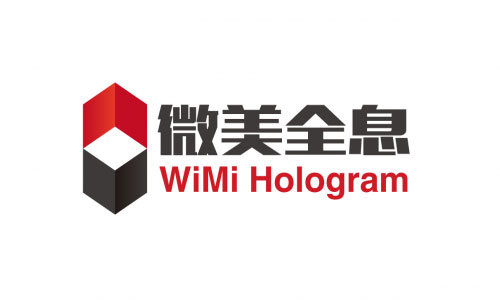
Optimizing Blockchain Efficiency:
Weighted PBFT Algorithm Introduction
WiMi’s initiative involves the introduction of the weighted PBFT algorithm, a refined version of the practical Byzantine fault tolerance (PBFT) algorithm. This enhanced algorithm integrates flexibility and efficiency by assigning weight values to each node, reflecting their importance and capability. By allowing nodes to influence the final consensus result based on their weight value, this algorithm effectively balances the load and performance of nodes, ultimately improving the overall efficiency and stability of the blockchain system.
Efficient Consensus Mechanism:
Targeted Improvements for Specific Use Scenarios
The weighted PBFT algorithm is strategically designed to make targeted improvements to the consensus algorithm, tailoring its functionality to specific use scenarios within the blockchain. This ensures the blockchain system remains efficient and stable, even when dealing with a high volume of transactions.
Addressing Network Congestion:
Integrating Coalition Chain Characteristics
WiMi addresses the issue of network congestion, a common challenge in traditional consensus protocols, by adopting the weighted PBFT algorithm. This algorithm optimizes the consensus protocol by combining characteristics of the coalition chain, introducing integration and boosting mechanisms. These mechanisms enable quick recovery to optimum functionality when Byzantine nodes appear in the network, ensuring the optimized consensus protocol is executed efficiently.
Enhancing Consensus Efficiency:
Weighted PBFT Algorithm Benefits
The PBFT algorithm, initially designed to solve the “Byzantine generals problem,” achieves consensus through node communication. The weighted PBFT algorithm builds upon this foundation, introducing node weights to enhance the efficiency of the consensus process. WiMi utilizes this consensus mechanism to construct a blockchain environment, designing a cross-chain consensus optimization algorithm that reduces throughput, minimizes delay, and optimizes the overall consensus effect.
Cross-Chain Consensus Algorithm:
Proposed Steps by WiMi
WiMi outlines specific steps for its blockchain cross-chain consensus algorithm based on the weighted PBFT. The process involves initializing node operations, transaction requests to the master node, execution of optimized consistency protocols by consensus nodes, acknowledgment phases, and a mechanism for determining the status of consistency nodes. Through these steps, WiMi ensures the security and integrity of the blockchain system while maintaining optimal efficiency.
Conclusion:
Advancing Blockchain Technology
WiMi’s introduction of the weighted PBFT algorithm significantly contributes to the advancement of blockchain technology. This algorithm improves system throughput, reduces latency, enhances fault tolerance, and ensures quick responses to abnormal network situations. The application of this algorithm not only makes the consensus process more efficient by introducing node weights but also elevates the security and stability of the blockchain system.
Future Endeavors:
WiMi’s Commitment to Blockchain Development
WiMi expresses its commitment to further developing blockchain technology. The company aims to explore new application scenarios and technological innovations actively. WiMi’s goal is to provide more efficient, secure, and reliable blockchain solutions across various industries, ultimately fostering the widespread adoption and application of blockchain technology.
